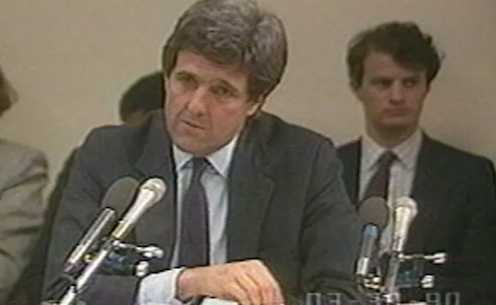The Evolution of TV- From Cable to Streaming

In 2024, television viewers can expect higher fees and more commercials as major streaming services like Amazon, Netflix, Hulu, Disney+ and Max announced rate hikes and new advertising policies. The streaming boom that has imperiled cable TV is actually built upon the same business model, luring in customers with promises of a better and cheaper viewing experience. The difference is that while cable companies faced backlash for similar tactics in the late 1980s, there's now a lack of resistance from politicians and customers alike, highlighting the normalization of corporate practices. Cable television's origins stem back to the 1960s, when it sought to offer more choice with fewer commercials. Before the dominance of broadcast networks like CBS, NBC, and ABC, cable sought to bypass federal regulations and provide a competing service. While early attempts like subscription television didn't survive due to lobbying against pay TV, the idea of offering more choices persisted. The frustrations with the limitations of broadcast TV led to an embrace of cable television in the 1970s, with innovations like HBO providing movies with no commercials. Niche cable channels emerged, catering to specific demographic groups and offering alternatives to broadcast stations. However, the deregulation of cable operations in 1984 led to price hikes and poor customer service. Politicians like Al Gore initially condemned cable companies, only to later embrace the marketplace competition as a means to deliver public interest. This shift in understanding allowed for the expansion of a media landscape forged on the terrain of private businesses and their profit margins, leading to the evolution of the television industry from cable to streaming services.